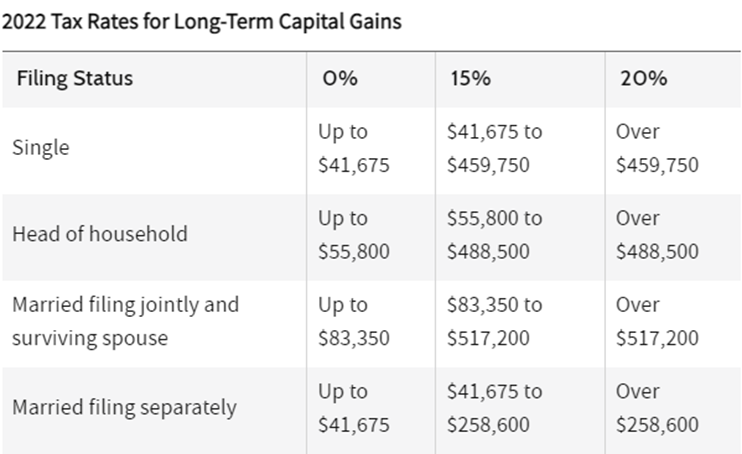It’s that time again, tax season is upon us! At MLG Capital, we understand the benefits that taxes, specifically as they relate to real estate investment, can provide for us and for our investors. It’s important to us that our investors understand these benefits and how they may be able to use them to their advantage! This article provides a 2022 Tax outline roadmap for real estate investors to better equip themselves for a successful tax filing year now and for years to come.
Tax Estimates:
Throughout the 2022 tax year, you may have had tax estimates distributed to you or your financial professional (or both). As a passive investor, this will be a key starting point in understanding what your tax exposure looks like for 2022. For current MLG investors, you should have received tax estimated on December 31st, 2022. The information provided in this blog is subject to and does not alter any investment agreement with MLG.
Capital Gain and Loss:
As a real estate investor, 1231 capital gains from property sales are usually one of the bigger highlights from the reporting year. 1231Capital Gains are generated from depreciable property and real property used in a business and held for more than one year. These taxes are paid by investors upon selling an asset and are calculated based on how much the asset has changed in value during the time it was held.
One key item to look for in your year end 2022 tax estimates would be any capital gains being passed through to you. If capital gains are included in your 2022 tax estimates, please consult with your tax advisor to ensure appropriate steps are being taken to record and track the capital gains on your personal returns for the 2022 tax year.
As a reminder, long-term capital gains (1231 Gains on an MLG K-1s) are taxed at more favorable rates than ordinary income. The table below shows the various tax rates based on taxable income for individuals:

Passive Income and Losses:
Passive income or loss estimates are another vital piece to consider for your 2022 tax plan. Passive income or loss, commonly referred to as passive activity, is passed through to investors and has the potential to help create tax efficiencies. Work with your tax preparer to review the impact the passive income or loss estimate will have on your 2022 projections. Some items to discuss would be:
- Passive loss carryforwards applied in 2022
- Excess business loss limitations related to trade or business activity
- Suspended losses that could offset capital gains
Timing and Key Dates:
Once estimates have been received and culminated into your 2022 tax picture, it is key to understand when your Federal and State K-1s will be distributed to you. For MLG investors, we target our K-1 distribution by the end of March each year. Timing of this crucial tax form can dictate whether an extension on your returns is necessary before the Federal deadline of 4/18/2023 and various state deadlines. If you expect K-1s from other investments to come in later than this timeframe, please consult with your tax preparer to develop a strategy for making sure extensions are timely filed. Failure to file returns timely may result in penalties.
For MLG investors, a few relevant extension dates are as follows:
- Wisconsin:
- If your federal return has a valid extension, your Wisconsin return will be automatically extended through October 16, 2023
- Minnesota:
- Extension Due: 4/18/2023 (Extends return through October 16, 2023)
- Note: Minnesota tax return is only required if you expect to owe Minnesota tax – please consult with your tax advisor
- California:
- Extension Due: 4/18/2023 (Extends return through October 16, 2023)
- Note: California tax return is only required if you expect to owe California tax – please consult with your tax advisor
- Illinois:
- Extension Due: 4/18/2023 (Extends return through October 16, 2023)
- Note: An Illinois tax return is only required if you expect to owe Illinois tax – please consult with your tax advisor
Please visit your state’s Department of Revenue (or equivalent) website for relevant tax information. Please note that these dates may not be the same year-over-year, please consult with your tax advisor.
Tax season does not need to be a headache. Appropriate planning and discussions with your tax advisor will assist in making your 2022 tax filings worry free. For current MLG investors, please do not hesitate to reach out to our fantastic Investor Relations team with any questions. If you’re interested in investing with us, look to our current Private Fund offering.



